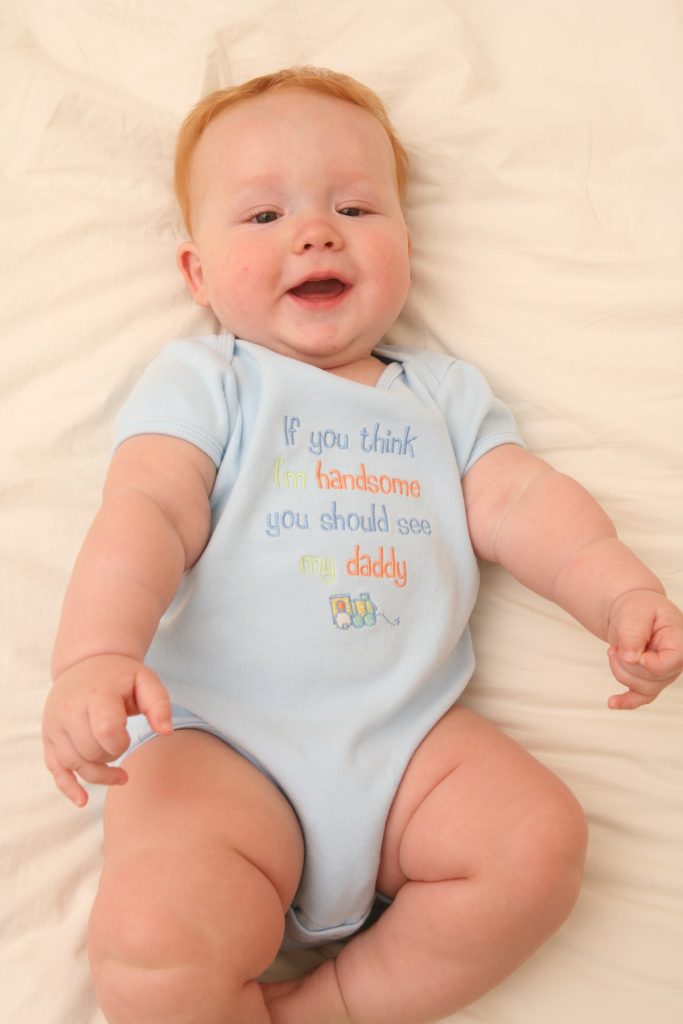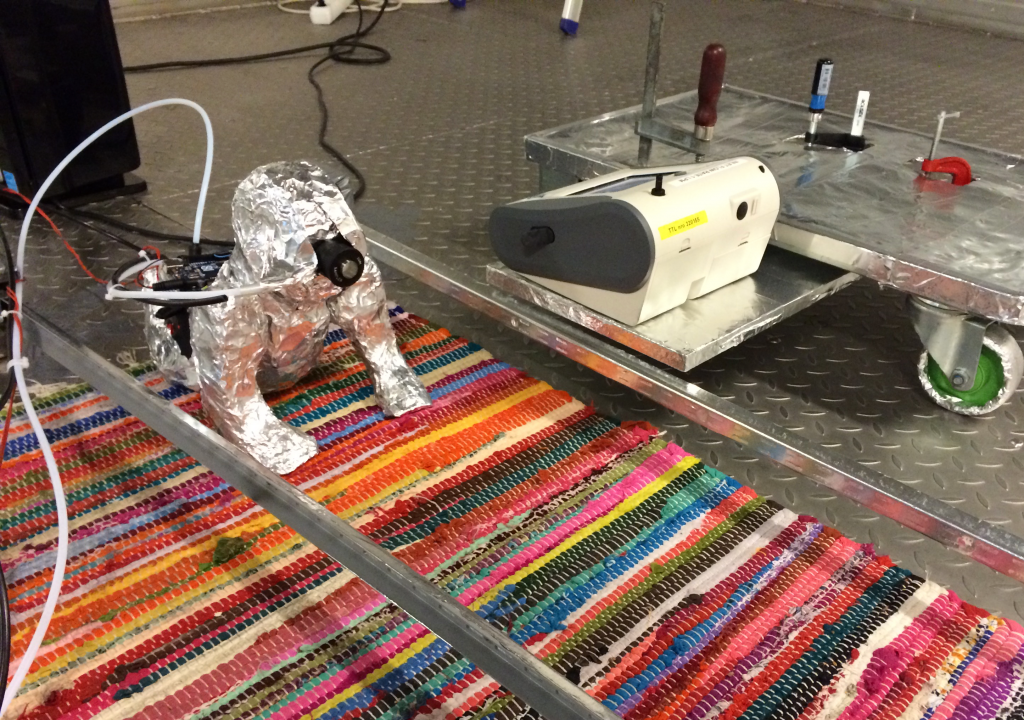Early-life microbial exposure has been recognized to have a crucial role in immune development. Exposure in the actual infant breathing zone (BZ), influenced by the resuspension of floor dust, however, is little explored. Two recently published papers tackle this issue by assessing infant exposure to biological particulate matter (fluorescent biological aerosol particles, FBAPs) and microbial taxa during near-floor activities. The measurements were conducted using a mechanical robot mimicking a baby belly-crawling across carpets – an exposure assessment first of its kind.
Wu et. al. conclude that per kg of body mass, infants receive nearly four times greater dose of respiratory tract deposited FBAPs compared to adults. In just one minute of crawling or walking, 1,000 to over 10,000 resuspended FBAPs can deposit in the respiratory tract, with an infant receiving much of this dose in their lower airways. BZ concentrations of FBAPs ranged from ~50 to 600 μg/m3, with infants exposed to greater amounts of FBAPs larger than 10 μm in size compared to adults. Hyytiäinen et. al. confirmed that in addition to large quantitative differences, the composition of the exposure in terms of different microbial taxa encountered by small children near the floor level is different from the ones that adults are being exposed to.
The presented results urge for improving exposure assessment methods, where studying both beneficial and adverse health effects of infant inhalation exposure to microbes and particles is the aim.
LINK TO VIDEO OF THE ROBOT-BABY
LINKS TO PAPERS:
Environmental Science & Technology paper

